When the clock strikes midnight on January 1, a new year begins. The entire world celebrates the new year but the celebrations couldn’t be more different and unique. New Year’s is marked by a variety of traditions and customs depending on the culture and beliefs of the people. The New Year traditions hold a lot of value for people and make them feel happy and contended to follow them.
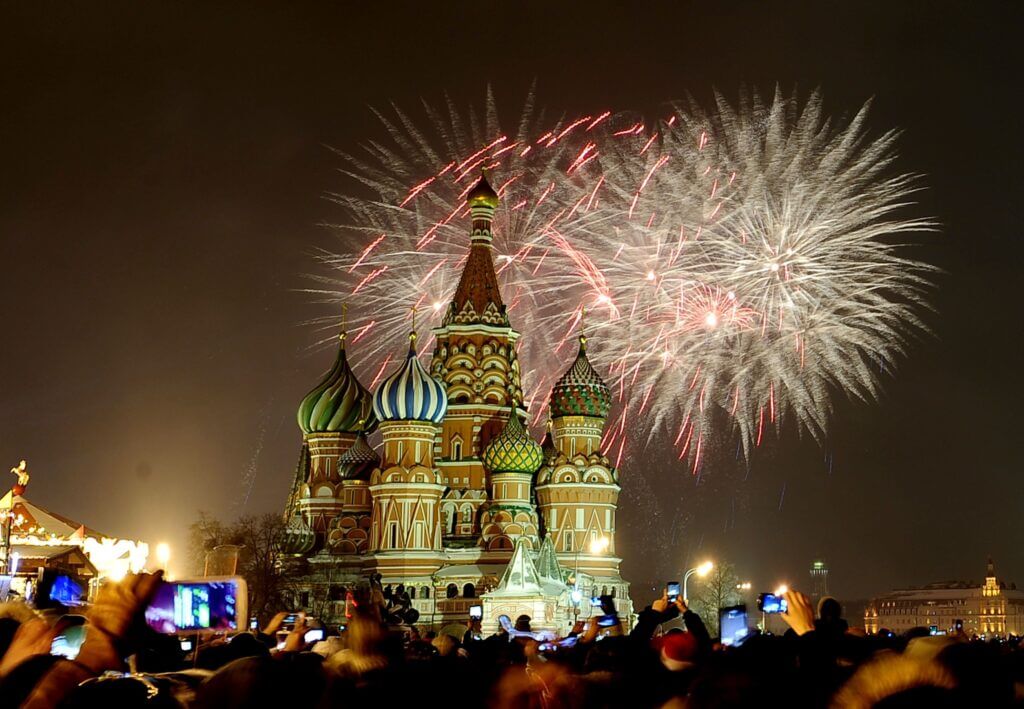
Also read, Easter Traditions Around The World
Here are some of the interesting New year traditions from around the world –
1. United States Of America
The ball drop at Times Square in New York is a tradition witnessed by millions of Americans across the country either in front of their television sets or at Times Square. Started by Adolph Ochs, the owner of The New York Times in 1907 to ring in the new year, wanted to draw attention to the Times’s new headquarters. Ever since it has become an annual and the most well-known New year’s eve tradition.

2. Denmark
In Denmark, people throw plates and glasses against their family and friends’ doors to ward off any evil spirits as they welcome the new year.

3. Italy
The Italians include lentils in their New Year’s Eve dinner, as they believe lentils are like mini edible coins and will bring in some good luck in the new year.

4. Spain
The people in Spain start off their new year by eating 12 grapes. These grapes are eaten as soon as the clock strikes midnight on New Year’s Eve as it is believed to bring good luck in the new year. But these grapes have to be eaten within 12 seconds. The tradition of las doce uvas de la suerte (the twelve grapes of luck) dates back to the late 19th century and continues to date.

5. Greece
The Greeks believe that pomegranates are a symbol of life and good fortune. On New Year’s Eve, the people smash the fruit on the front door of the house. The number of seeds that come out equals the amount of good luck for the next year. It is also a tradition to hang onions outside the door, as they bring good luck for the new year ahead. Greeks hang the onions on the door after the church service on New Year’s Day.
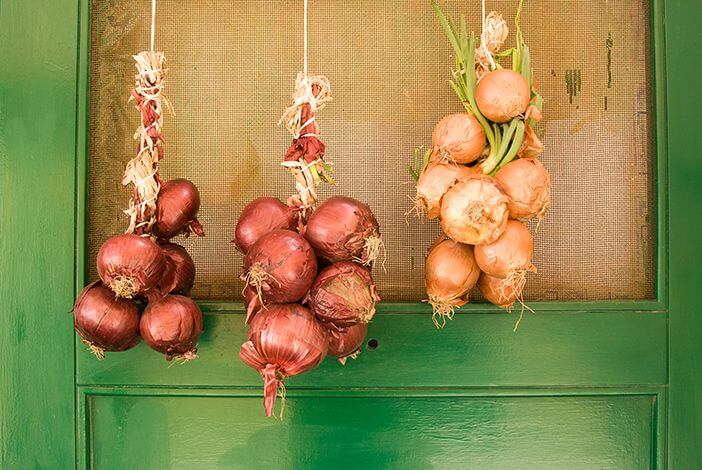
6. Philippines
People in the Philippines hang round shapes all over the country on New Year’s Eve. Round loaves of bread, coins, and clothes covered in polka dots. All of these are believed to be symbols of prosperity. Also, many people eat 12 round-shaped fruits at midnight, each fruit representing each month in the new year.
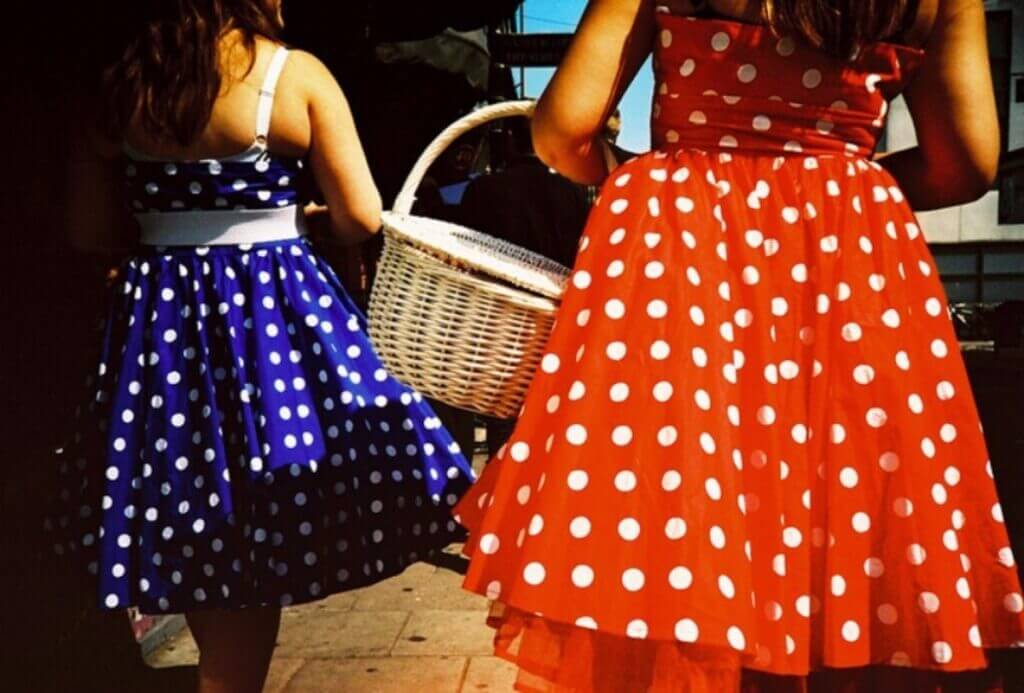
7. Turkey
In Turkey, it is lucky to sprinkle salt on the doorstep at midnight. The Turks believe it
promotes peace and prosperity throughout the new year.

8. Austria
In Austria, people believe pigs to be a good luck charm. So, they celebrate the new year by eating dishes made from pigs. They also exchange chocolate pigs with each other, believing it will bring good luck in the new year.
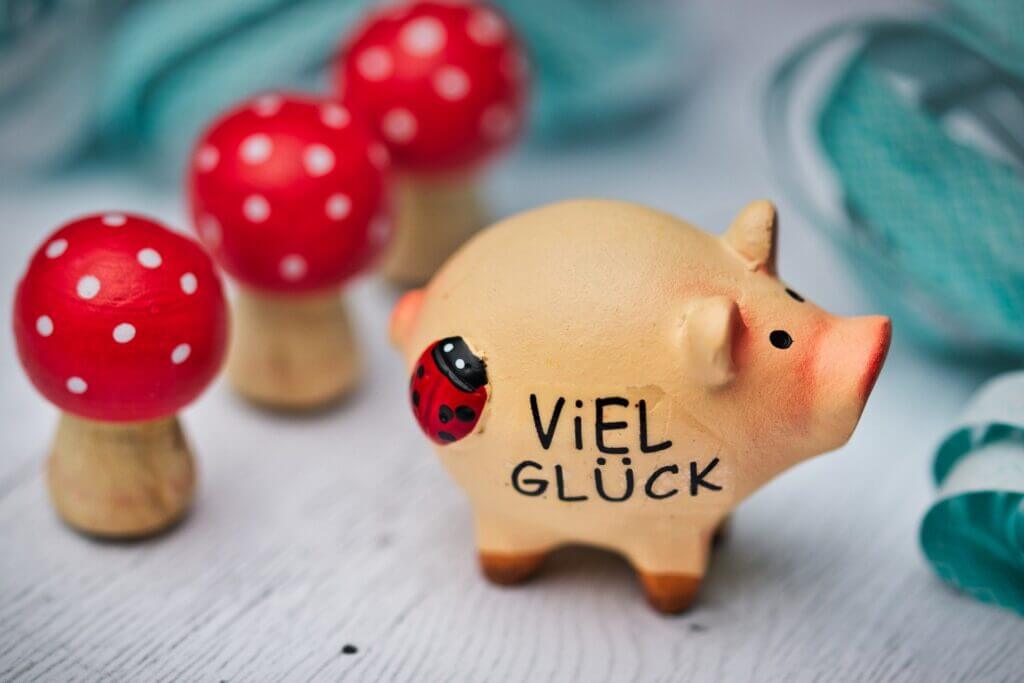
9. Japan
In Japan, people welcome the new year by eating a bowl of warm soba noodles, or noodles made from buckwheat flour. While the origins of this tradition are not known, these noodles have been nicknamed “year-crossing noodles”. These noodles represent a long life, and also it is believed that eating them symbolizes a literal break from the old year.
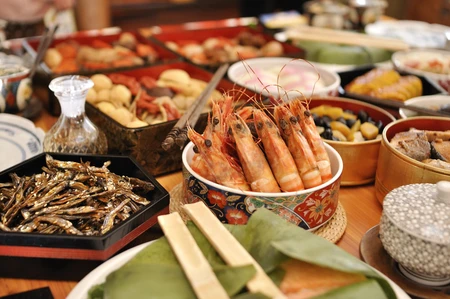
10. South Africa
People in South Africa throw their old appliances and furniture out of their windows to bid farewell to the old year and ring in the new year. They believe that it would bring them good fortune in the coming year.

Check this video out to find out everything you need to know about the latest Barbie in town.
11. Brazil
Brazil has a tradition of tossing white flowers into the sea. As sacrifices to Yemoja, a water god who can bring good fortune in the upcoming year, locals throw white flowers and candles into the Atlantic Ocean.

12. Scotland
In Scotland, they have a tradition for the new year called “First Footing.” Scots think that a dark-haired guy should ideally be the first person to enter a residence on New Year’s Day after midnight in order to bring in a prosperous new year.

Wishing you and your family a very happy and prosperous new year.
Watch Full Video On, #AnimalKingdom : Tiger Is The Largest Wild Cat In The World

